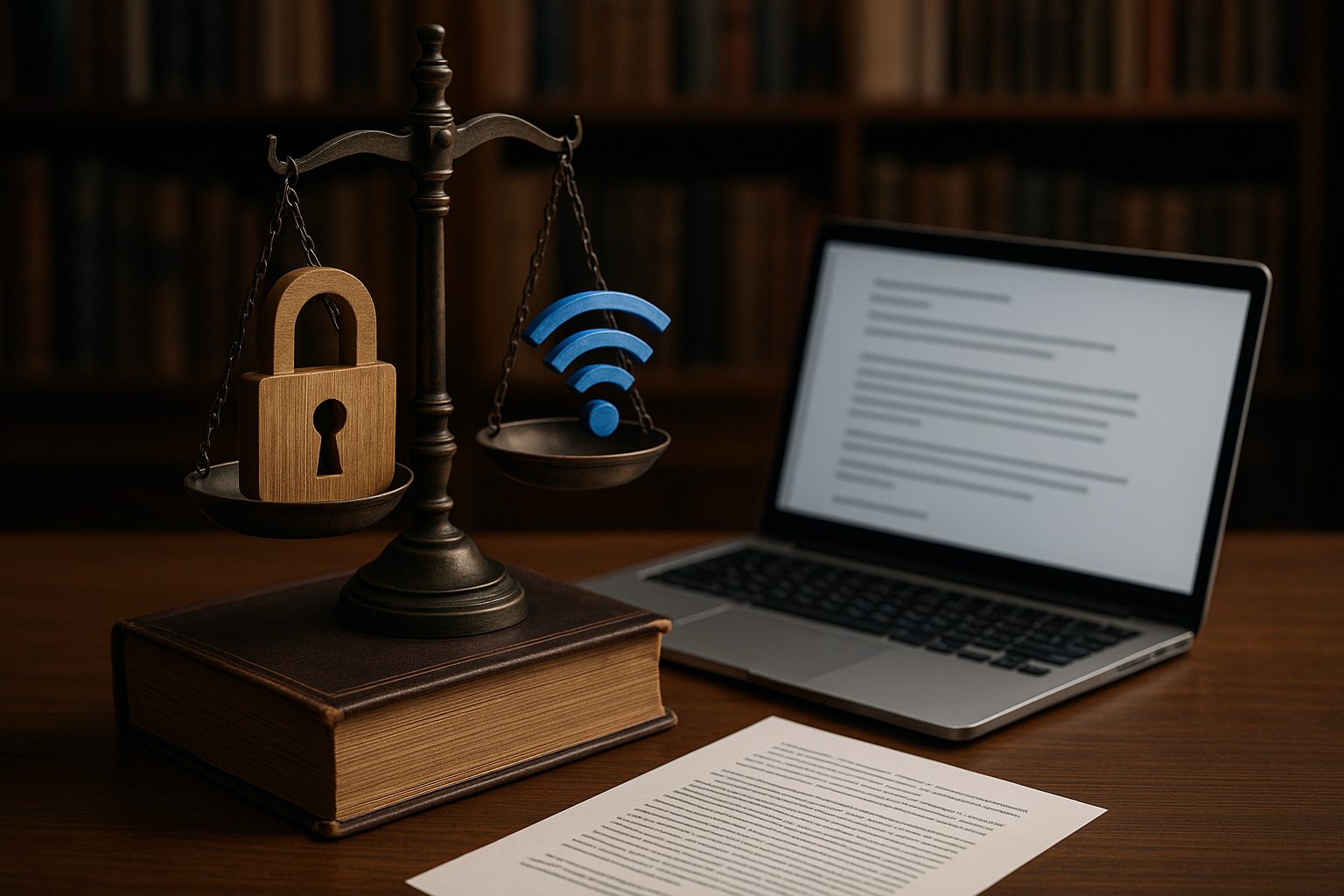Rights management and archival access for transient works
Transient creative works—site-specific performances, pop-up exhibitions, ephemeral audio or live streams—pose particular challenges for long-term access and creator control. Effective rights management and archival strategies balance legal clarity, technical preservation, and community engagement to ensure these works remain discoverable, usable, and respected over time.

Ephemeral arts and performances often live briefly but carry lasting cultural value. Managing rights and ensuring archival access for transient works requires a combination of clear licensing, robust documentation, and preservation workflows. Stakeholders—creators, venues, archivists, funders, and audiences—must negotiate access expectations at the outset so materials can be captured, described, and preserved without compromising artistic intent or legal obligations.
How does archiving capture transient performances?
Archiving transient performances begins with intentional capture: high-quality audio and video recording, detailed metadata, and contextual material such as programs, artist statements, and production notes. Archival practice should prioritize multiple formats to guard against obsolescence and include versioning to track edits. Community-based archives and institutional repositories offer complementary approaches, where local services preserve grassroots documentation while larger repositories provide long-term storage and cataloguing infrastructure.
What preservation strategies support long-term access?
Preservation combines technical, organizational, and curatorial measures. Digitization standards, redundant storage, checksums, and migration plans protect digital surrogates, while climate-controlled storage sustains physical ephemera. Regular audits and refresh cycles prevent format decay. Sustainability is strengthened by shared ecosystems—consortia, community labs, and institutional partnerships—that pool resources for costly preservation tasks and training, reducing duplication and increasing resilience.
How are rights managed for ephemeral works?
Rights management for transient works should start with clear, written agreements that define ownership, reproduction rights, embargoes, and permitted uses for archival copies. Creators may opt for specific licenses (custom or standard) that permit preservation but restrict commercial exploitation. Rights frameworks must consider performance rights, moral rights, and third-party content within works. Transparent documentation of permissions enables archivists to provide access while minimizing legal risk.
How is documentation and metadata handled?
Comprehensive documentation includes descriptive metadata (titles, creators, dates), technical metadata (file formats, capture settings), and contextual metadata (venue, collaborators, funding). Rich, standardized metadata increases discoverability and aids reuse by researchers and communities. Documentation workflows should capture oral histories and reception materials to preserve intangible aspects like rehearsal processes and audience interaction, which are crucial for interpreting transient works later on.
What role does digitization and technology play?
Digitization is central to access: it creates durable, shareable surrogates that can be indexed and streamed. Technology choices—file formats, codecs, and repository platforms—impact longevity and accessibility. Open standards and interoperable metadata schemas improve integration across collections. Emerging tools, such as AI-assisted tagging and structured documentation pipelines, can accelerate cataloguing but should be applied with care to avoid misrepresentation of creative intent.
Who provides archival and rights support, and how do they differ?
| Provider Name | Services Offered | Key Features/Benefits |
|---|---|---|
| Library of Congress (USA) | Collection development, long-term preservation, digital access | Institutional infrastructure, metadata expertise, legal deposit practices |
| British Library (UK) | Digitization, cataloguing, research access | Specialist collections, international collaboration, preservation standards |
| Local community archives (various) | Community-led collecting, oral histories, event documentation | Grassroots engagement, contextual knowledge, flexible access policies |
| Internet Archive | Web and media preservation, public access | Large-scale digital storage, web capture, open access orientation |
| University Special Collections | Curatorial accession, restricted/research access, digitization | Scholarly frameworks, donor agreements, preservation planning |
Prices, rates, or cost estimates mentioned in this article are based on the latest available information but may change over time. Independent research is advised before making financial decisions.
These providers vary by scale, legal remit, and approach: national libraries typically offer the most robust long-term infrastructure, while community archives provide contextual richness and grassroots accessibility. Institutions often require agreements that clarify rights and access; community archives may use more flexible terms tuned to local needs.
Conclusion Balancing rights management with archival access for transient works is an interdisciplinary effort that combines legal clarity, careful documentation, technological choices, and collaborative ecosystems. Sustainable outcomes depend on early planning, shared resources, and policies that respect creators while enabling future audiences and researchers to discover and understand ephemeral cultural expressions.





